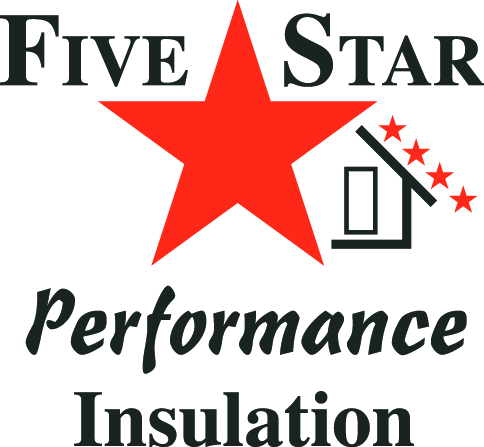Mold is a major issue for many homeowners, so it’s important to prevent its development as much as possible. One of the best ways to limit mold growth is to select insulation that is not susceptible to mold. Installing installation that’s particularly prone to mold can accelerate mold growth and lead to more extensive problems with water damage. Keep reading to learn more about what types of insulation can grow mold in Sacramento, CA and how mold development affects insulation.
Can mold grow in insulation?
A lot of people wonder whether mold can grow in their insulation, and the answer is yes. While some types of insulation are resistant to mold growth, other types can promote mold growth and, in some cases, accelerate mold development throughout a home. At the same time, insulation that is properly installed can be very effective at preventing mold growth in the first place. With this in mind, it’s important to select an insulation material that’s least likely to develop mold and make sure it’s properly installed to minimize the risk of mold growth and water damage.
What types of insulation can grow mold in Sacramento, CA?
Lots of different types of insulation are susceptible to mold growth. Here’s what homeowners should know about some of the most common types of insulation and whether they are likely to develop mold:
- Cellulose insulation: Cellulose insulation is a loose material that’s made from wood- or paper-based products. It’s usually made primarily of recycled materials, which makes it very environmentally friendly. This is a loose fill insulation that’s blown into walls and other cavities. Cellulose insulation is treated with a variety of chemicals, including boric acid, which acts as a natural mold preventer that can stop mold growth. However, cellulose insulation is vulnerable to mold growth after water damage. Exposure to excessive moisture causes boric acid in cellulose insulation to leech out and leave cellulose insulation susceptible to mold development.
- Fiberglass insulation: Fiberglass insulation is very resistant to mold. It’s made of tiny shards of glass that block airflow and keep walls and attics insulated. While fiberglass insulation is designed to be resistant to mold growth, it can develop mold over time if certain conditions are present. Particles are often trapped in fiberglass insulation, providing mold with a food source that can promote its development. The paper backing of fiberglass insulation can be a food source for mold if it’s exposed to water or moisture in the air.
Get professional insulation recommendations and installation
For more information about insulation options and to get professional recommendations based on your needs, reach out to 5 Star Performance Insulation, Inc. Since 1995, we have been proud to provide comprehensive insulation services to our customers throughout the greater Sacramento, CA area. No matter what your specific needs may be, our team is here to make sure you get the insulation products that are right for you. Find out more about what we have to offer and get started with a consultation by giving us a call today.
